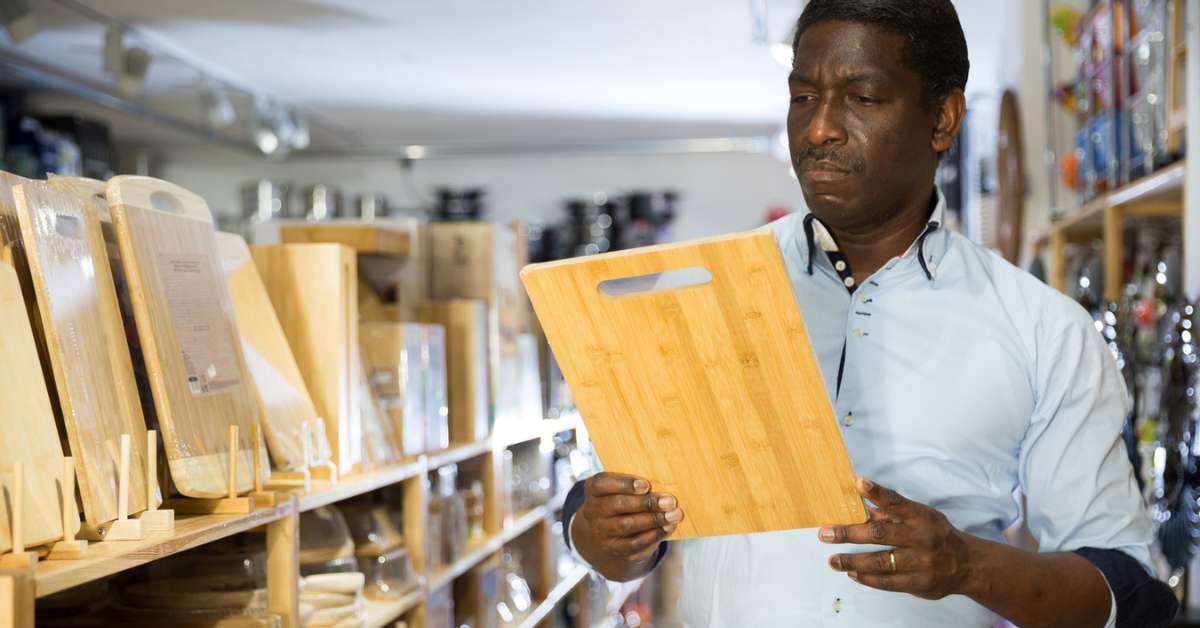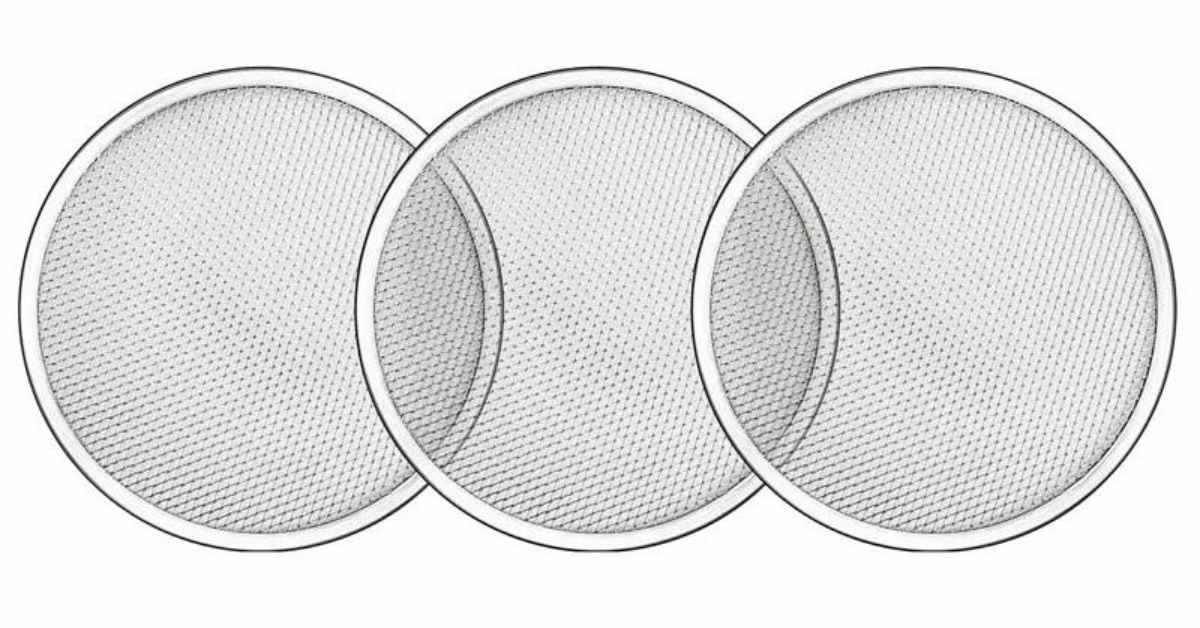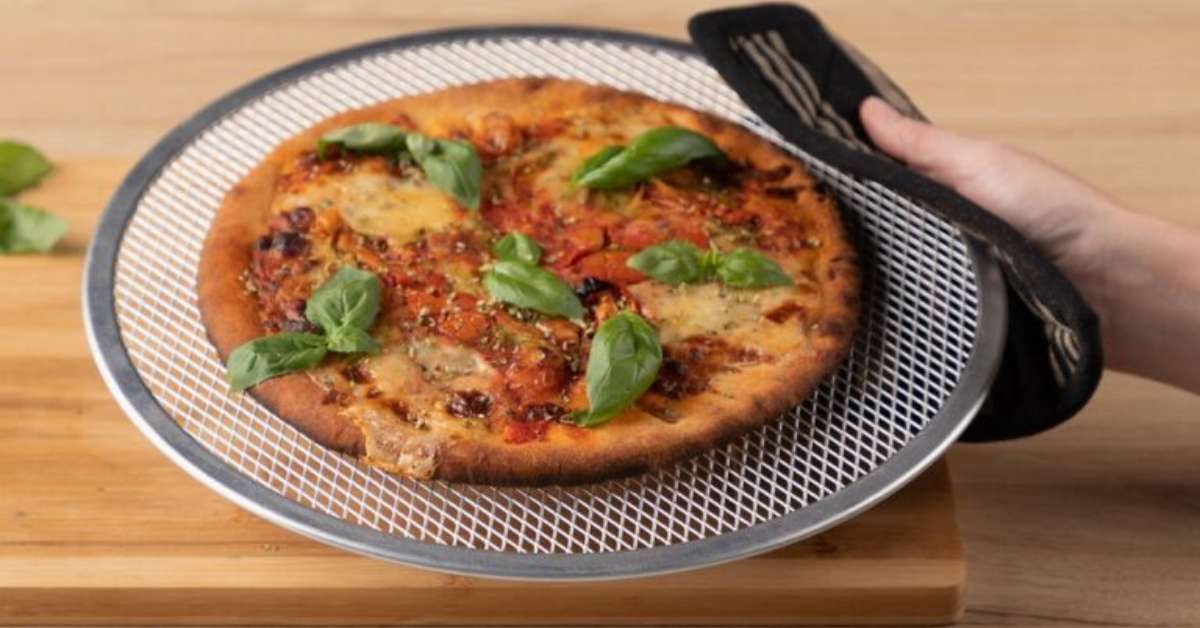Welcome to Foodies Gallery! Today, we embark on a curious culinary adventure to answer a question that might have crossed the minds of many kitchen enthusiasts: Can You Sharpen a Knife with a Cheese Grater?
As we explore this intriguing topic, we’ll uncover the secrets behind knife sharpening techniques and delve into the world of kitchen tools. So, if you’re ready to enhance your culinary prowess and discover a unique approach to knife sharpening, let’s dive right in!
Table of Contents
ToggleUnderstanding Knife Sharpening
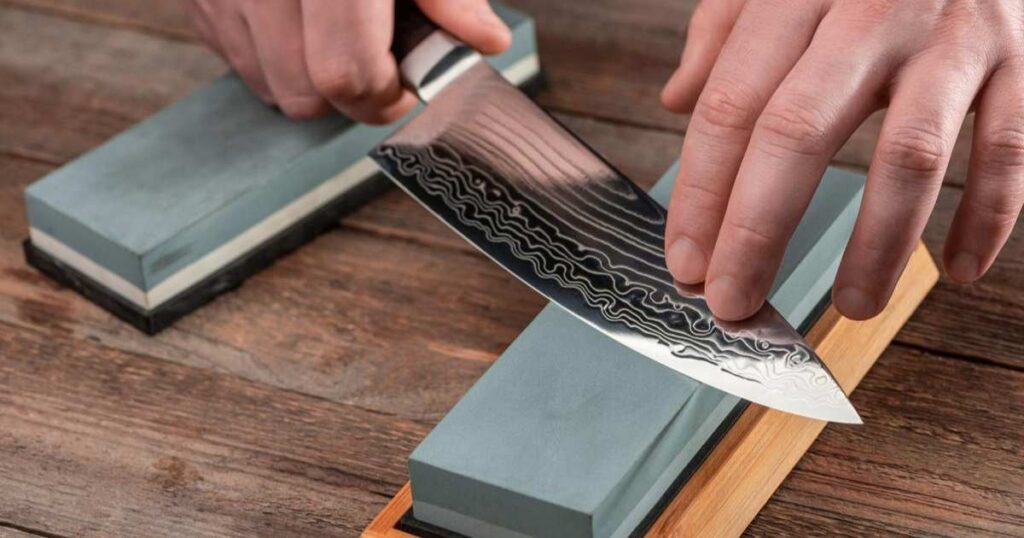
A sharp knife is a chef’s best friend in cooking. Before we explore the intriguing possibility of using a cheese grater for sharpening, let’s first understand the basics of knife sharpening.
Over time, even the finest blades can become dull with regular use, leading to frustrating shopping experiences in the kitchen. Knife sharpening is restoring a blade’s edge, improving performance, and ensuring safe and precise cutting.
Traditional knife sharpening involves using specialized sharpening stones, honing rods, or electric sharpeners. These tools can effectively reshape the blade’s edge and remove imperfections, bringing back its sharpness.
But what about unconventional methods like utilizing a cheese grater? Is it a viable option or merely a kitchen myth? Let’s continue our culinary exploration to find out!
Cheese Graters 101
Before we delve into the unconventional realm of knife sharpening with a cheese grater, let’s take a moment to appreciate the versatility and usefulness of this humble kitchen tool. Cheese graters are indispensable in any culinary space, allowing us to effortlessly shred cheese for our favorite pasta dishes, salads, or garnishes.
These handheld wonders come in various designs, from the classic box grater with different-sized grating surfaces to rotary graters and even microplane graters that extract zest from citrus fruits.
Beyond their primary purpose of grating cheese, these nifty gadgets can be surprisingly multifunctional. Creative cooks often use them to shred vegetables like carrots, zucchinis, or potatoes for delightful fritters and latkes.
Some even use fine graters to create delicate chocolate shavings for decadent desserts. So, as we venture into the world of cheese grater knife sharpening, let’s appreciate the ingenuity of this kitchen essential.
Is it Possible to Sharpen a Knife with a Cheese Grater
Now comes the moment of truth—can a cheese grater be used to sharpen a knife? The concept might sound unusual and perhaps even counterintuitive, but some kitchen enthusiasts and home cooks have been known to attempt this unconventional method. The idea behind it is based on the principle that the surface of a cheese grater is made up of rough, abrasive edges, which could help refine a knife’s edge.
However, before we rush to try this technique ourselves, it’s crucial to understand the potential risks and limitations. Knife blades are typically made of high-quality steel, and sharpening them requires precision to achieve the right angle and edge alignment. A cheese grater might not provide the control and accuracy needed for safe and effective sharpening. It could result in an uneven edge, damaging the blade, or even causing injuries.
As with any unconventional approach, the results can vary, and it’s essential to prioritize safety and invest in proper knife-sharpening tools. Now that we’ve addressed the idea of using a cheese grater for knife sharpening let’s explore more reliable methods to keep our blades razor-sharp and ready for culinary adventures.
How to Sharpen a Knife with a Cheese Grater
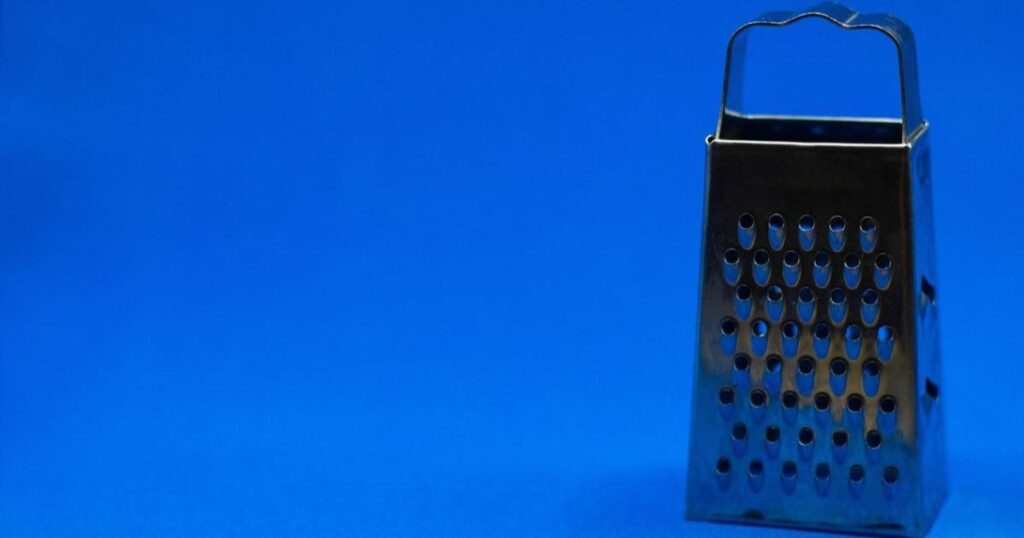
While we’ve established the risks and limitations of using a cheese grater for knife sharpening, we understand that some adventurous cooks might still be curious to try this method. If you choose to proceed, we advise extreme caution and recommend doing so only with inexpensive knives you can potentially sacrifice for the experiment.
Choose the Right Grater: Opt for a cheese grater with a coarse surface. A box grater or a handheld model with larger grating holes would be more suitable for this purpose.
Secure the Grater: Place the cheese grater on a stable surface, ensuring it won’t slip or move. For added safety, consider using a damp towel or non-slip mat underneath.
Angle the Knife: Hold the knife at a consistent angle against the grater’s rough surface. Aim for an angle of about 20 degrees, similar to the angle used with traditional sharpening stones. This will help maintain some level of consistency.
Apply Light Pressure: With gentle pressure, slide the knife along the grater’s surface, moving from the base to the blade’s tip. Avoid using excessive force, as it can lead to uneven sharpening or damage to the knife.
Repeat the Process: Repeat the sliding motion several times on each side of the blade. Remember that this process is unlikely to produce a razor-sharp edge but may slightly improve the knife’s sharpness.
Check the Edge: After a few passes on both sides of the blade, carefully inspect the knife’s edge for any visible improvements. However, be mindful that this method might yield a different result.
Hone the Knife (Optional): If you have a honing rod, you can use it to realign the knife’s edge after the grating process gently. This might help refine the edge slightly.
Safety First: Always prioritize safety during the entire process. Use cut-resistant gloves if available and exercise extreme caution to avoid accidents or injuries.
Remember, while this guide outlines the steps to try sharpening a knife with a cheese grater, it’s essential to understand that this method lacks precision and may lead to undesirable outcomes. Investing in proper sharpening tools or seeking professional assistance remains recommended for effective and safe knife sharpening.
Advantages of Using a Cheese Grater to Sharpen a Knife
Cost-Effective Solution: One of the main advantages of using a cheese grater for knife sharpening is its affordability. If you already have a cheese grater in your kitchen, attempting this method won’t require any additional investment in specialized sharpening tools.
Accessible and Convenient: Cheese graters are readily available in most households, making them a convenient option for those who don’t have access to traditional knife-sharpening tools. In a pinch, this method might seem like a quick and accessible solution.
Rough Edge Alignment: The abrasive edges of a cheese grater could work on the blade’s edge, creating some sharpness. This may be particularly true for knives with incredibly dull edges, as the grater’s surface can make initial improvements.
Disadvantages of Using a Cheese Grater to Sharpen a Knife
Lack of Precision: The biggest drawback of using a cheese grater is the need for more precision. Proper knife sharpening requires maintaining a consistent angle and pressure on the blade, which can be challenging to achieve with a grater’s uneven surface. This can lead to an ineffective edge or worsen the blade’s condition.
Risk of Damage: Cheese graters are not designed for knife sharpening, and using them in this manner can cause irreversible damage to the blade. The coarse and uneven surface may leave the knife with a jagged edge or create chips along the blade, rendering it unusable.
Safety Concerns: Sharpening a knife with a cheese grater can be hazardous. The unpredictable nature of the process increases the risk of accidents and injuries. With proper control and technique, users may easily slip and cut themselves.
Other Methods for Sharpening a Knife
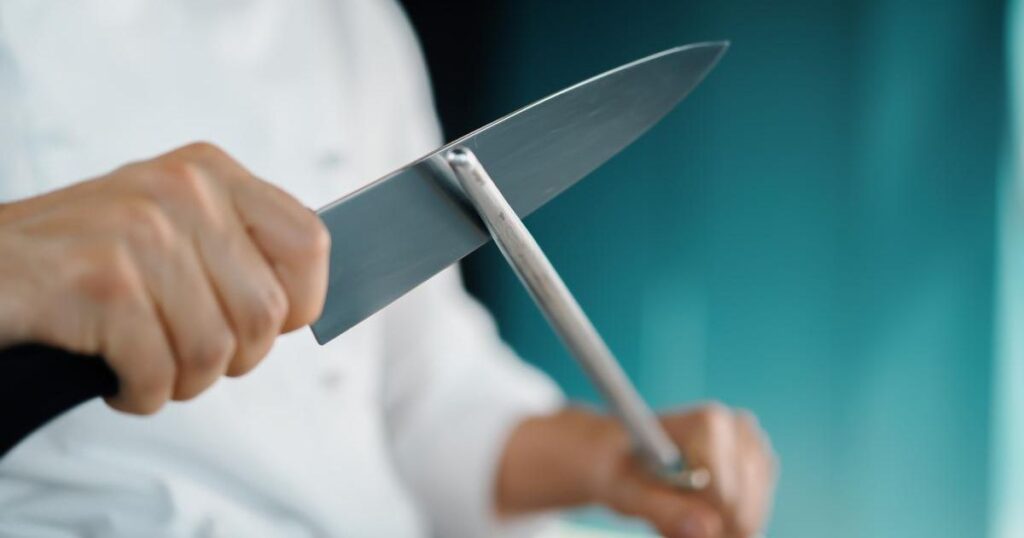
When it comes to maintaining the sharpness of your beloved kitchen knives, several tried-and-true methods provide better results than using a cheese grater. Let’s explore some alternative approaches to sharpening your knives effectively:
Using Sandpaper:
Sandpaper can be a cost-effective option for knife sharpening, especially for those on a budget. Start by selecting sandpaper with a grit level suitable for sharpening, usually between 1000 to 3000 grit. Place the sandpaper flat and lubricate it with a few drops of water or honing oil. Hold the knife at a consistent angle and gently move it back and forth across the sandpaper. Repeat the process on both sides of the blade until the desired sharpness is achieved.
Using a Sharpening Stone:
Sharpening stones, known as whetstones, are traditional tools for achieving razor-sharp edges on knives. They come in various grit levels, from coarse to fine, and require a proper technique for effective results. Place a sharpening stone on a stable surface, lubricate it with water or honing oil, and hold the knife at a precise angle. Move the knife along the stone’s surface with controlled strokes, alternating between sides until the blade is sharpened correctly.
Using a Honing Rod:
A honing rod, also called honing steel, is not for sharpening but rather for maintaining the knife’s edge between sharpening sessions. It helps realign the microscopic burrs that naturally form on the blade’s edge with regular use. To use a honing rod, hold it vertically with the tip resting on a stable surface.
Hold the knife at a 15 to 20-degree angle against the rod and gently slide it down the length of the rod in a sweeping motion, starting from the base to the tip. Repeat this process on both sides of the blade.
While these methods may require a bit of practice and skill, they offer more control and precision than a cheese grater. Remember to take your time and prioritize safety during the sharpening process. Regular maintenance of your kitchen knives using these reliable methods will ensure they remain sharp, efficient, and a joy to use in your culinary endeavors.
Maintenance Tips for Keeping Your Knives Sharp
Keeping your knives sharp is essential for a smooth and enjoyable cooking experience. Here are some valuable maintenance tips to help you maintain the sharpness of your kitchen knives:
Regular Honing: Make honing a regular part of your knife care routine. Use a honing rod to realign the blade’s edge, keeping it sharp between sharpening sessions. Honing helps prevent the knife from becoming dull and ensures optimal cutting performance.
Store Knives Properly: Avoid tossing your knives into drawers or cluttered utensil holders. Instead, store them in a knife block, magnetic strip, or knife rack with individual slots. Proper storage prevents the blades from rubbing against other objects, preserving their sharpness.
Use Cutting Boards Wisely: Opt for soft and forgiving wood, bamboo, or soft plastic cutting boards. Avoid using hard surfaces like glass or ceramic, as they quickly dull the knife’s edge. Additionally, refrain from cutting on metal or stone surfaces.
Hand Washes Only: Always wash your knives with mild soap and warm water. Avoid putting them in the dishwasher, as the harsh detergents and high temperatures can damage both the blade and handle.
Dry Thoroughly: Dry the knives immediately with a soft towel. Leaving them wet can lead to rust formation, impacting their sharpness and longevity.
Avoid Excessive Force: Let the knife do the work. Applying excessive force during cutting can bend or chip the blade. Allow the sharp edge to glide through the food effortlessly.
Avoid Hard Foods and Frozen Items: Refrain from using your good kitchen knives to cut through bones, frozen foods, or complex items like nuts. Use specialized tools for these tasks to avoid damaging the blade.
Sharpen Regularly: Invest in quality or professional knife sharpening tools. Regular sharpening ensures that your knives maintain their optimal performance and longevity.
Use Cutting Techniques Properly: Learn and apply proper cutting techniques, like the rocking motion for herbs and vegetables or the sawing motion for bread. Using the proper technique reduces unnecessary strain on the blade.
Handle with Care: Finally, treat your knives with care and respect. Avoid dropping or using them for unintended purposes; they will reward you with sharpness and precision for years.
By following these maintenance tips, you’ll extend the life of your kitchen knives and ensure they remain sharp, reliable, and ready to elevate your cooking experience to new heights.
Frequently Asked Questions
Can a cheese grater damage my knife?
Yes, using a cheese grater to sharpen a knife can damage the blade. Cheese graters are not designed for knife sharpening, and the rough, uneven surface may cause the knife’s edge to become jagged, chipped, or even bent. It lacks the precision required for safe and effective knife sharpening, increasing the risk of accidents and decreasing the knife’s longevity.
How often should I sharpen my knife?
The frequency of knife sharpening depends on how often you use your knives and your cutting tasks. As a general guideline, professional chefs often sharpen their knives every few weeks, while home cooks might do it every few months. However, the best approach is to sharpen your knife when you notice a decreased cutting performance or see that the blade has dulled.
What else can I use to sharpen a knife?
There are several alternative methods for sharpening knives effectively. Some popular options include using a sharpening stone or whetstone, which offers precise control over the sharpening angle, and sandpaper, which can be a budget-friendly choice for honing the blade. Additionally, you can use electric knife sharpeners or seek professional sharpening services to achieve optimal results.
Do cheese graters go blunt?
Yes, like any kitchen tool, cheese graters can become dull over time with regular use. The constant friction against food items like cheese, vegetables, or chocolate can wear down the grating edges, reducing efficiency. To maintain the grater’s sharpness, consider using a brush or sponge to clean it rather than abrasive scouring pads, which can contribute to blunting.
Can I use a cheese grater to sharpen serrated knives?
Using a cheese grater to sharpen serrated knives is not recommended. Serrated knives have a different edge structure than straight-edged knives, requiring specialized sharpening tools to maintain their functionality. Trying to sharpen a serrated knife on a cheese grater can damage the serrations and make the knife less effective for its intended purpose. If your serrated knife needs sharpening, consider using a serrated knife sharpener or consult a professional.
Conclusion
While using a cheese grater to sharpen a knife may seem intriguing, it’s crucial to prioritize safety and precision when maintaining your kitchen tools. Cheese graters lack the control and consistency required for effective knife sharpening, and attempting this method may lead to damaged blades and potential injuries.
Instead, opt for reliable sharpening methods like using a sharpening stone or honing rod, which offer better results and ensure the longevity of your knives. Remember to practice regular knife maintenance, store them properly, and handle them carefully to enjoy sharp and efficient cutting performance in your culinary adventures.




